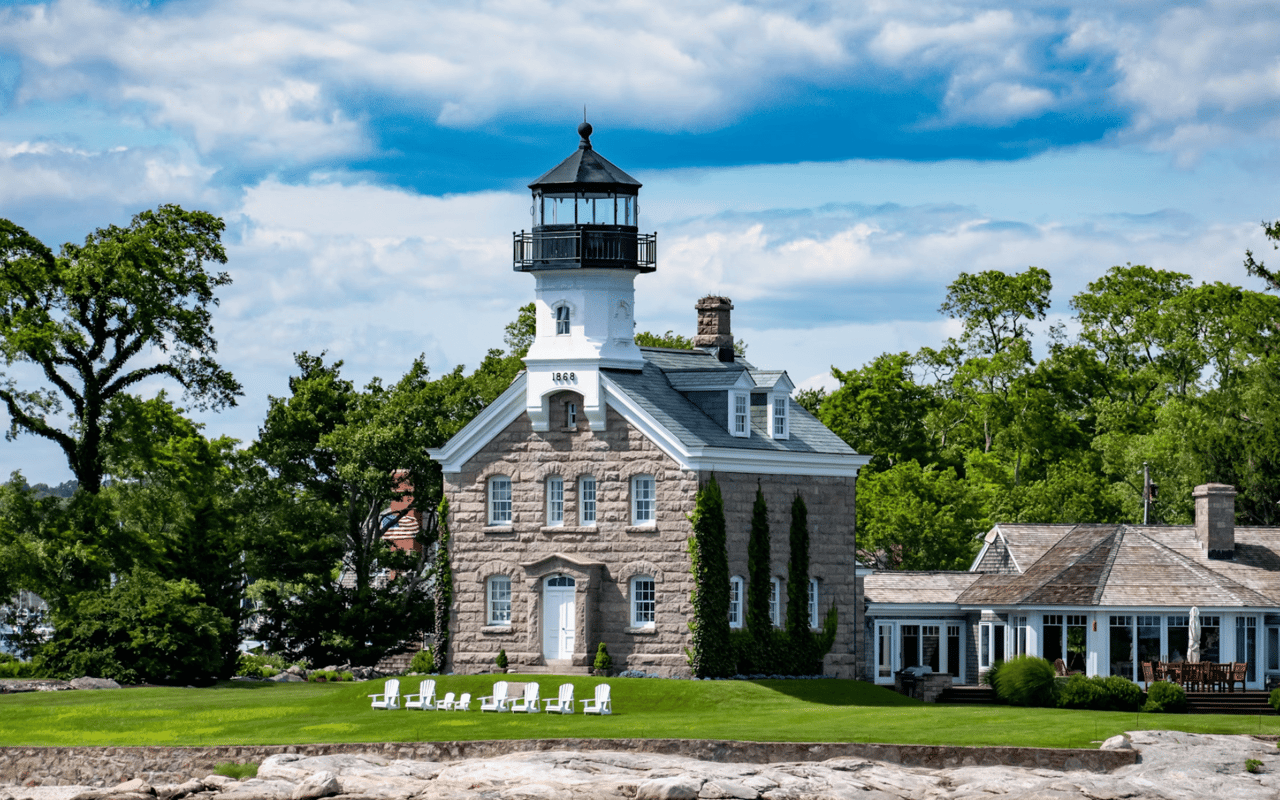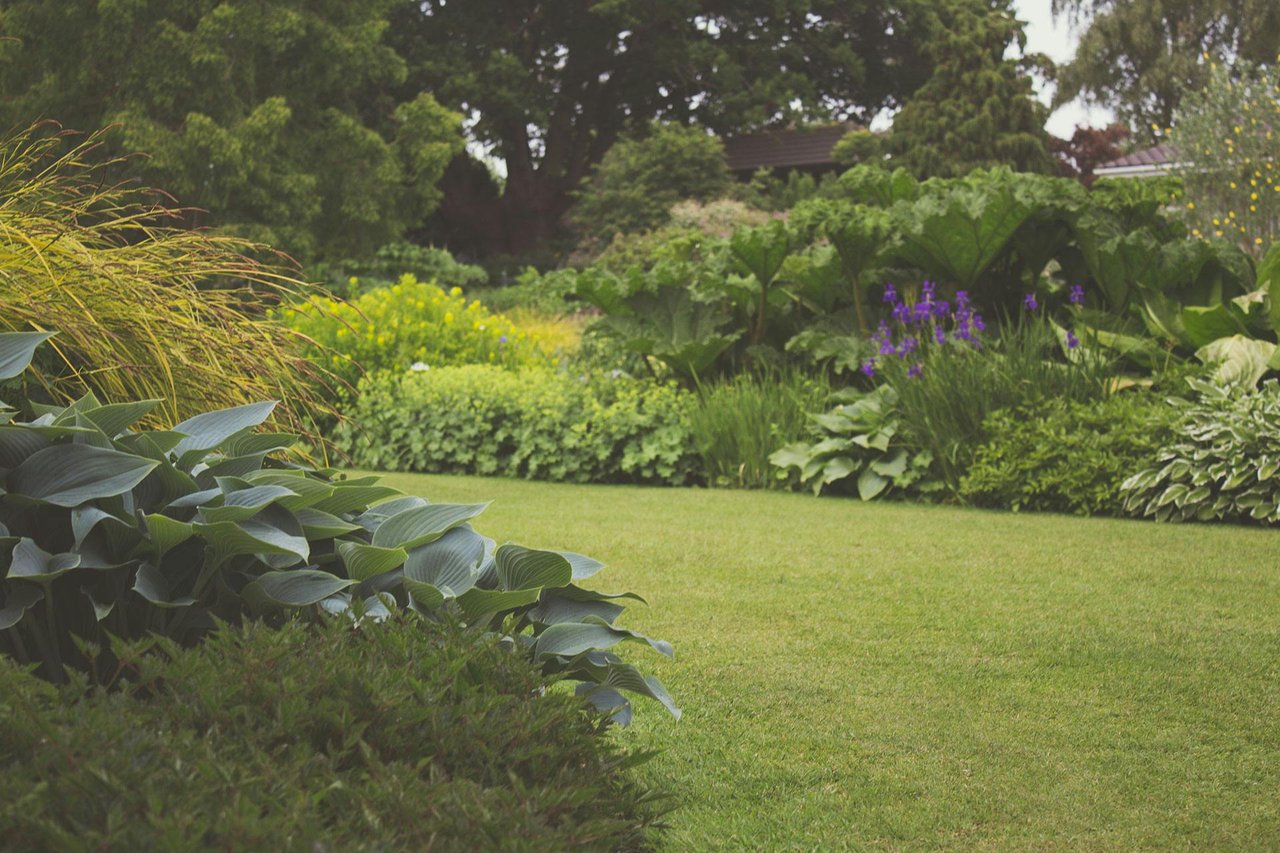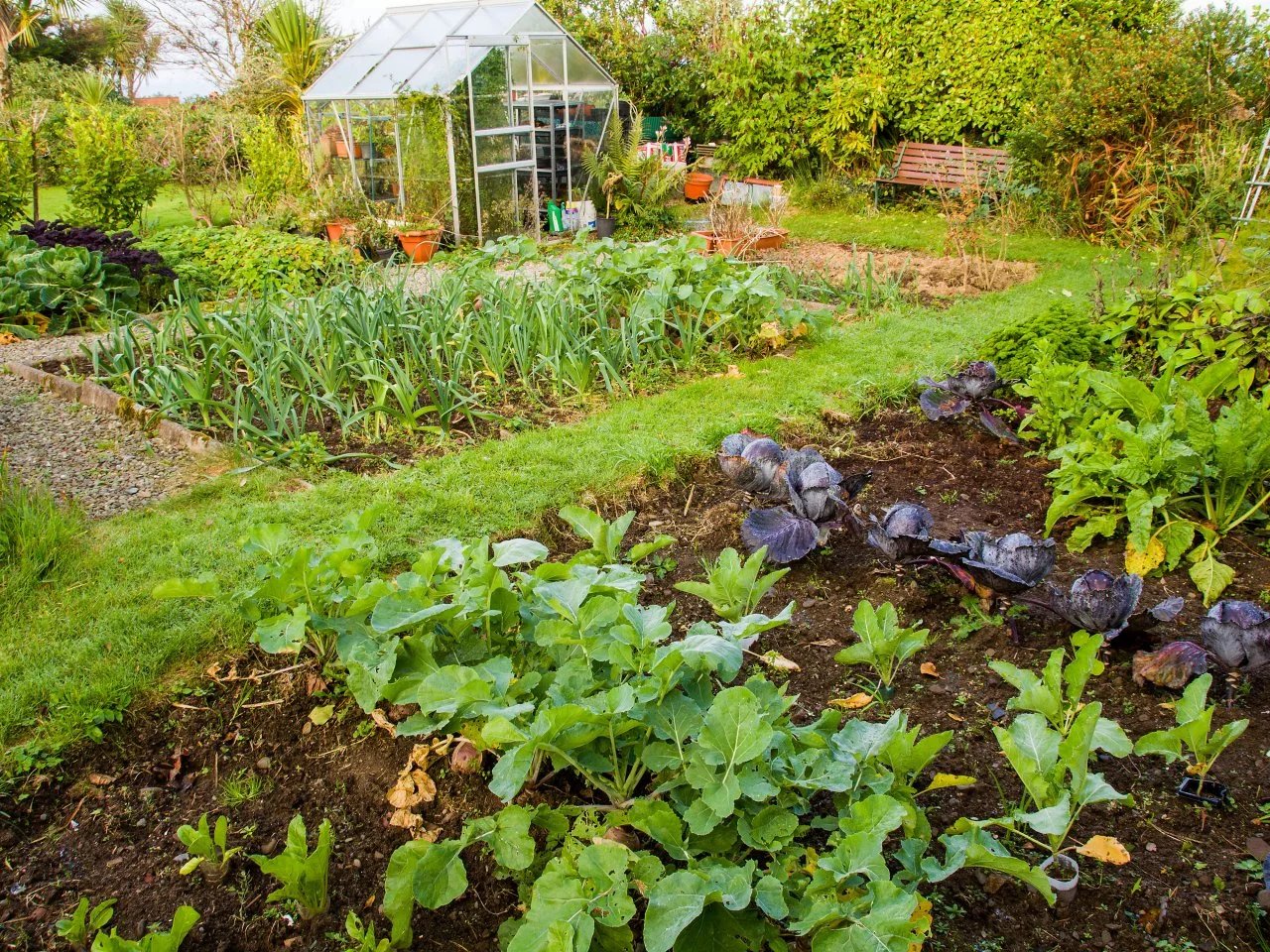Greenwich, Connecticut, embodies the rich architectural heritage of New England. From grand estates to historic public buildings, Greenwich, CT, architecture tells the story of the town's evolution, reflecting its cultural and economic history. Whether you are a history enthusiast or someone interested in Greenwich, CT real estate, understanding the architectural landmarks of this town can provide valuable insight into its character and charm.
The Bush-Holley House
The Bush-Holley House is a National Historic Landmark and one of Greenwich's most significant architectural treasures. Built in the early 18th century, this house originally served as a private residence. It later became the center of the Cos Cob Art Colony, which was a pivotal force in American Impressionism.
The house is a prime example of colonial architecture, featuring traditional elements like a central chimney, gambrel roof, and clapboard siding. Today, it operates as a museum, offering visitors a glimpse into the past with its well-preserved interiors and exhibits. The Bush-Holley House is a testament to the town’s cultural history and is an essential visit for anyone interested in Greenwich, CT, architecture.
The Putnam Cottage
The Putnam Cottage, also known as Knapp Tavern, is another landmark steeped in Greenwich's colonial past. This historic building, constructed around 1690, played a role in the Revolutionary War and is named after General Israel Putnam, who made his legendary escape from British forces in this area.
The cottage's architectural style, with its steep roof, narrow windows, and large central chimney, is characteristic of early American colonial homes. As a museum, Putnam Cottage offers educational tours that explore its role in American history and provide insights into the daily lives of colonial settlers. This landmark is an architectural gem and a significant piece of Greenwich’s historical fabric.
The Greenwich Town Hall
The Greenwich Town Hall is an iconic example of early 20th-century architecture. Built in 1905, the structure was designed by the architectural firm of Mowbray and Uffinger in the Beaux-Arts style, which was popular in the United States during that period.
The building’s grand facade features a symmetrical design, with Corinthian columns, a prominent central entrance, and a detailed pediment that gives it an air of classical elegance. The interior is just as impressive, with high ceilings, ornate moldings, and expansive windows that allow natural light to flood the space. As the seat of local government, the Greenwich Town Hall is an architectural landmark and a cornerstone of the community’s civic life.
The Bruce Museum
The Bruce Museum is a notable landmark that blends historical architecture with modern design elements. Originally a private mansion built in 1853, the building was donated to the town of Greenwich by Robert Moffat Bruce in 1908 to serve as a museum.
The original structure is a fine example of the Second Empire style, characterized by its mansard roof and decorative brackets under the eaves. Over the years, the museum has undergone several expansions, incorporating contemporary design elements that complement the historic sections of the building. The Bruce Museum now serves as a cultural hub, offering exhibitions that span art, science, and natural history, making it a vital part of the Greenwich, CT architecture landscape.
The Round Hill Club
The Round Hill Club, established in 1924, is an exclusive country club with noteworthy architecture. The clubhouse, designed by the architectural firm Delano & Aldrich, reflects the Georgian Revival style, known for its symmetry, classic proportions, and use of brickwork.
The design includes a stately entrance with a portico supported by columns, large sash windows, and decorative moldings that evoke a sense of tradition and grandeur. The Round Hill Club's architecture is significant for its aesthetic appeal and how it reflects Greenwich's social history. The club has been a gathering place for Greenwich’s elite for nearly a century, and its architecture embodies the town’s longstanding affinity for elegance and exclusivity.
The Thomas Lyon House
The Thomas Lyon House is one of the oldest surviving structures in Greenwich, dating back to 1695. This house is an example of the early New England saltbox style, which was popular in the late 17th and early 18th centuries.
The saltbox design is characterized by its long, pitched roof that slopes down to the back, creating a distinctive profile. The house also features timber framing, a central chimney, and narrow, multi-paned windows that are typical of the period. The Thomas Lyon House is an important architectural landmark because it provides a rare glimpse into the early residential architecture of Greenwich and has been meticulously preserved to maintain its historical integrity.
The Christ Church Greenwich
Christ Church Greenwich is a prominent example of Gothic Revival architecture in the town. Built in 1910, the church was designed by the renowned architect Bertram Grosvenor Goodhue, who was also responsible for many other significant Gothic Revival buildings in the United States.
The church’s design features pointed arches, intricate stone carvings, and large stained glass windows that are hallmarks of the Gothic Revival style. The interior is equally impressive, with vaulted ceilings, wooden pews, and a majestic pipe organ. Christ Church Greenwich is a place of worship and a key architectural landmark that adds to the historical and cultural richness of Greenwich, CT, architecture.
The Belle Haven Club
The Belle Haven Club is another example of Greenwich's affinity for exclusive, private clubs with distinctive architecture. Established in 1889, the club is housed in a building that reflects the Shingle style, which was popular in the United States during the late 19th century. The architecture is characterized by the use of shingles on both the roof and exterior walls, asymmetrical facades, and expansive porches that take advantage of the scenic waterfront views.
The Belle Haven Club’s architecture is significant because it represents the leisure and recreational lifestyle that has been a part of Greenwich’s culture for over a century. The club remains a prestigious gathering place for the town’s residents and adds to the architectural diversity of the area.
About Roseann Benedict
Roseann Sarica Benedict is a Greenwich native with deep roots in the community. As a dedicated real estate agent in Greenwich, CT, she guides clients through every stage of the real estate process, ensuring a smooth and successful experience. With 15 years of industry experience, Roseann has built a reputation for her extensive knowledge of the Greenwich real estate market and her unwavering dedication to clients. Many return, trusting the Roseann Sarica Benedict Team for their expertise.
If you're looking to buy or sell a home or have questions about the Greenwich, CT real estate market, contact Roseann Benedict today.




